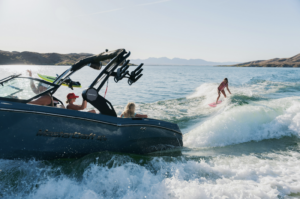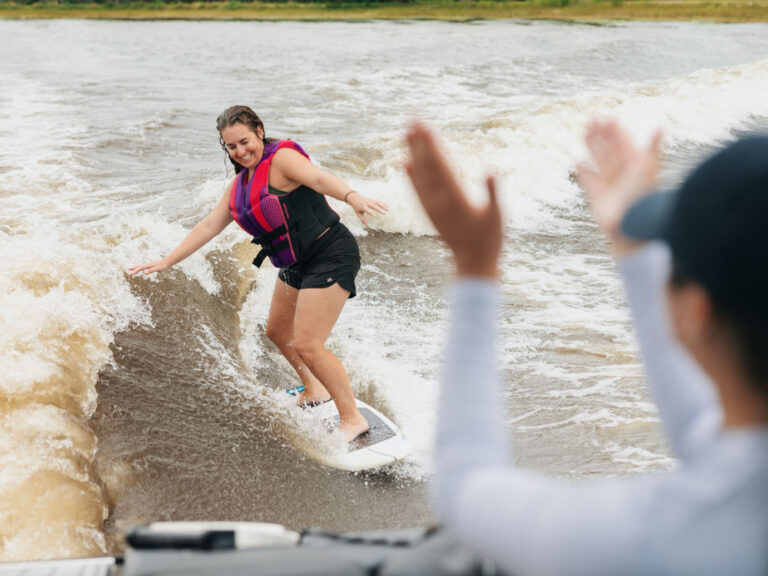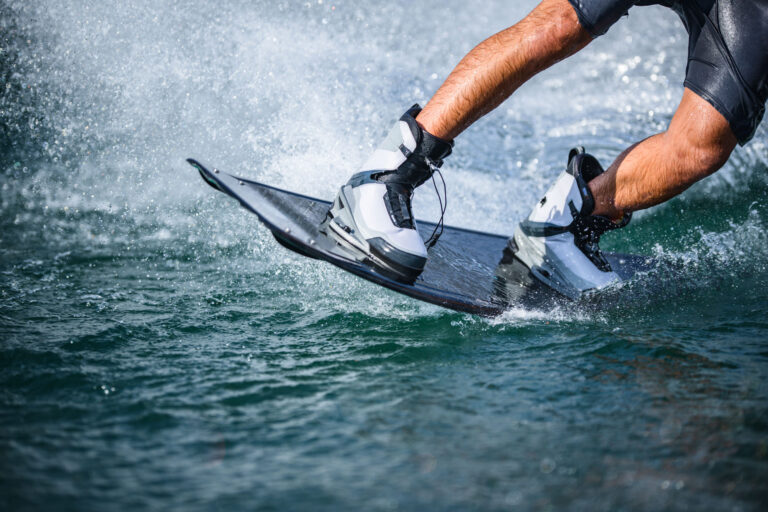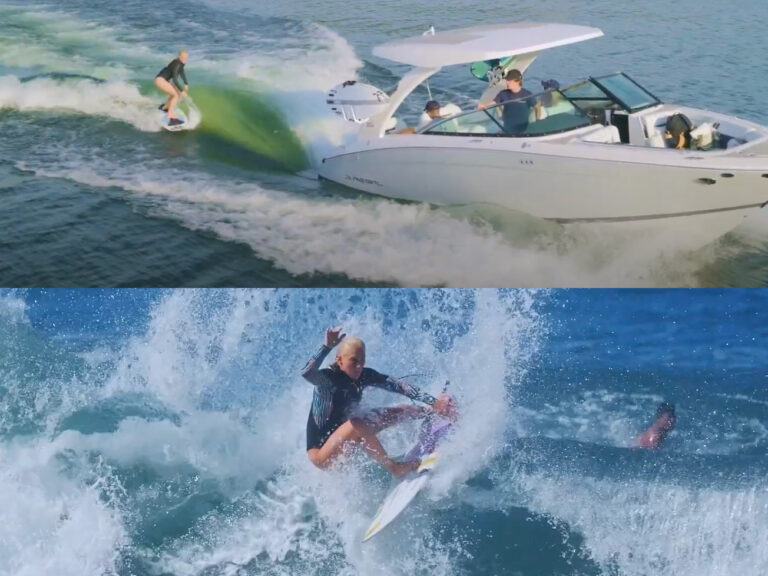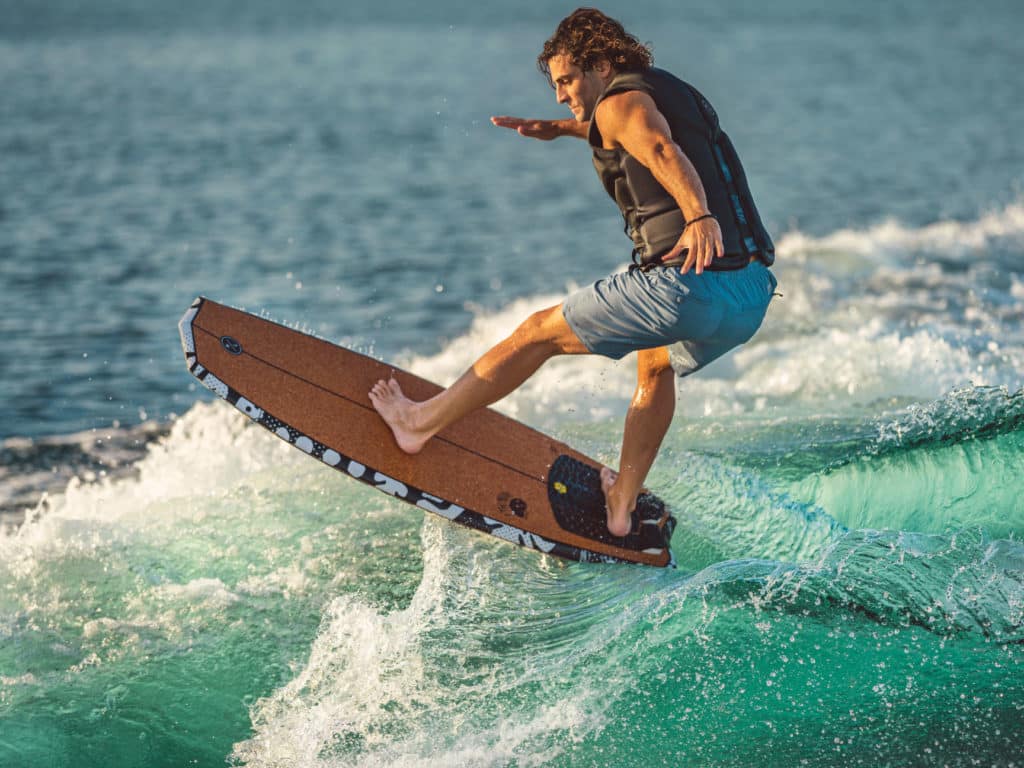
You can’t ride without a board and boots, and it’s tough to get towed without a rope and handle, but a wakeboard life jacket is probably a rider’s most vital piece of gear. After all, life jackets are exactly what their name implies: your lifeline when the unexpected happens on the water. As a result, making sure you buy and wear a properly fitted life jacket could actually save your life. Here are five rules to follow when shopping for the best life jacket for you.
USCGA Versus Comp
U.S. Coast Guard-approved life jackets meet official standards for both buoyancy and impact protection. Competition or comp vests are designed for pros riding in contests and do not meet Coast Guard requirements. Put simply, a USCGA life jacket will keep you afloat when your life is on the line; a comp vest might not. If your love for life doesn’t compel you to opt for a USCGA life jacket, maybe your wallet will. In many states, laws require you to use a USCGA jacket at all times, and you can be ticketed for wearing a jacket that doesn’t meet official standards.
Tight is Right
Your life jacket should be snug — really snug. “When you wear a properly fitted vest, it should be hard to breathe when you’re in the store,” says Jeremy Thornell, manager at the Salt Lake City wake shop Marine Products. In fact, think of your life jacket as a second skin. You don’t want any air between you and the jacket, because that air can cause bruised rips when you take a fall. Also, consider that most jackets have a tendency to stretch when wet. When you take a plunge, you don’t want your jacket 3 inches off your shoulder and halfway up your face. Bottom line: If you get an extra large when, in fact, you’re a large, your life jacket isn’t going to be safe or comfortable.
Find the Perfect Fit
Every manufacturer has a weight range for each of its life jackets as well as a corresponding chest size. Chest size is the most accurate indicator of proper fit, but most people don’t know their exact chest measurements. Therefore, it’s often easiest to use your weight as a starting point. Also, remember the proper size can change from manufacturer to manufacturer and even from jacket to jacket. “Each vest is cut differently,” says Bill Porter, owner of Orlando’s iconic wake shop Performance Ski & Surf. “Certain vests are going to fit certain people better than others, depending on their body makeup.” As a result, finding the right one will involve a process of elimination.
Try it On
Sure, online shopping is convenient, but considering the importance of a life jacket’s fit in it functioning properly, there’s no substitute for your local wake shop. “Just like buying shoes, you want to see different models, understand what justifies price difference and make sure that it fits properly,” Porter says. Trying on several brands and multiple models is the best way to ensure you pick the best life jacket for you. Plus, you won’t have to go it alone. Your local wake shop’s staff can guide you through everything from stretch characteristics to each jacket’s unique cut.
Test it Out
“Bend over, flex your back, rotate side to side, twist and see how it is restricting your movement,” Thornell suggests. To ensure optimal mobility, it’s not a bad idea to also mimic passing the handle and grabbing the board. Just keep in mind that a jacket may feel much more restricting in the store. In fact, Thornell says most jackets tend to loosen up a good 10 to 15 percent once wet. With that in mind, Porter suggests another test. “If it has a zipper on the front, you should have to stretch it to get it to zip up,” he says. “It shouldn’t come together easily and zip up without any effort.” Ultimately, it’s important that your new life jacket passes the test of tightness.



